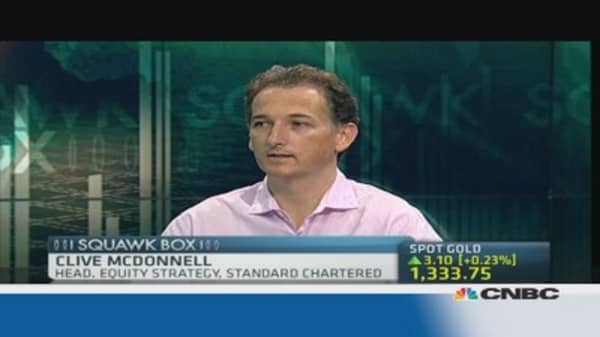After talk of a "great rotation" into stocks, Fed "tapering" fears and an "unprecedented" $80 billion pulled from bond funds, it now appears that the credit market has shifted into a higher gear, according to Bank of America Merrill Lynch, which pointed to "red hot" inflows into European high-yield bonds.
"Bond inflows were huge in Europe over the last week, a sign that the central bank dovishness of late is again driving a thirst for yield. High-yield credit inflows were the largest ever in dollar amount, and the highest in percentage terms since September last year," a team of analysts at BoAML headed by Michael Hartnett, said in a research note on Friday.
(Read more: Municipal bonds 'hemorrhage' $1.2 billion on Detroit fears)
High-yield (HY) or junk debt refers to bonds that carry a rating of 'BB' or lower from Standard & Poor's or 'Ba' or below from Moody's. They have a higher risk of default compared to investment-grade debt.





